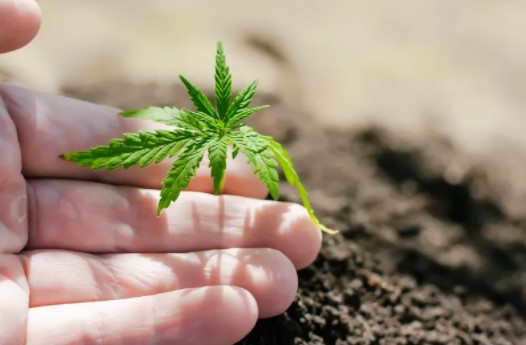Fossil fuels and agriculture are a major part of climate change, with the impact of this being a major topic, since cannabis processing is getting faster and more pronounced, it’s important for the industry to take responsibility when it’s needed.
How cannabis creates environmental Impacts
The impact of this is mostly found in the soil and the ecosystem. This is due to too much cultivation. The farming of cannabis does require a lot of water, which is responsible for droughts, and the wastewater that goes into the soil from the rives does come with some chemicals that are residual. There is also the fact that the compounds that are in cannabis can be volatile, responsible for increasing your ozone levels within the cannabis area, and the carbon footprint that happens from the greenhouse and grow room is another big issue.
Splitting the cultivation is something that businesses can’t necessarily do, and it won’t fix all of the issues with cannabis growth. The goal Is to offer more customized, ethical practice of providing agriculture that’s sustainable, and regenerative agriculture is something lots of businesses are looking for the ability to take care of growing cannabis effectively.
So what is regenerative agriculture
This is basically where you improve the biodiversity, and local variants of this usually are something you find hanging around, and they’ve been around for a bit.
The goal is to evolve all of this, creating “closed loop” operations that let you restore the natural elements of the water, soil, air, and various ecosystems, offering better yields with the growing harvests.

Regenerative agriculture is also going another step further than regular agriculture, offering healing aspects on the environment, improving the quality of crops, but that’s of course, much easier said than done.
Hemp for example, does have the ability to sequester the substances which are toxic in solid that are polluted, generating them into better, more arable land as time goes on. Not just that, the large canopy also allows the prevention of bad weed growth, and it can be something that has a lot of applications that are eco friendly and help others. Regardless of the crop this is used, this is something that can help mitigate the impact that farming has on the environment, which is why It’s something that may be more economically efficient with time, but right now, organic farmers do steer clear of this because it’s not something that’s super popular.
Dry farming
However, there are some people who have found an alternative to regular farming for regenerative farming, and that is dry faming. This is a fad sort of farming, and it’s something that’s used in California, where they maximize the output, and it’s something that’s been interesting in some cases, since it does save you some water.
It’s something that allows the crops that are in dry areas to grow water, and it allows them to save some water as well. It also doesn’t need as many herbicides and the like for the growing of this, and it also includes reducing the amount of fertilizer that’s used too, and energy as well.

Dry farming utilizes different techniques, and cannabis is something that’s largely become popular with this type of growing mean. It involves adding organic matter that’s aged, and double digging the sol so it aerates. You need to tend to the soil in a careful manner if you do this, and capture the rainfall, along with dry mulching. The solutions are still being looked at, but hopefully we have an answer to the growing climate change problems and farming soon.